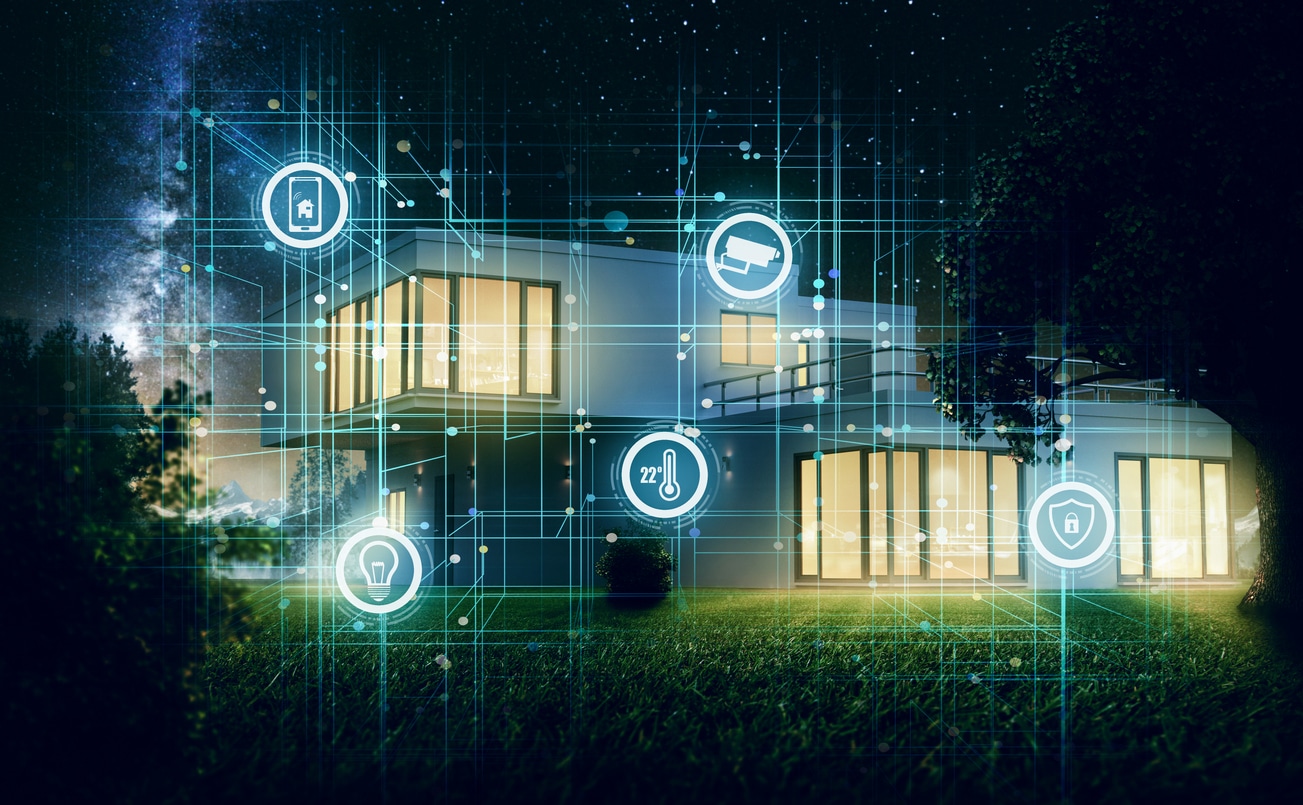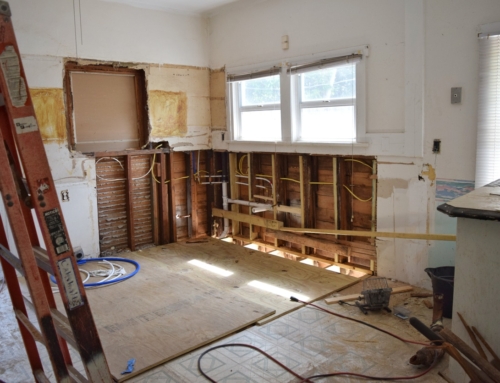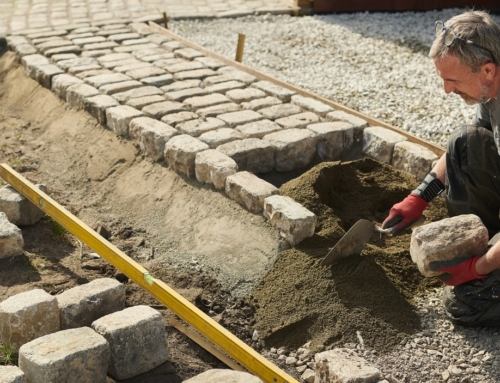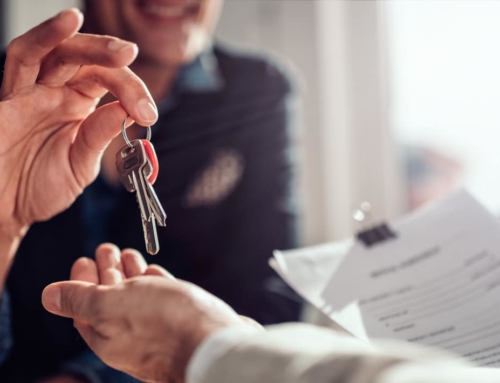Today, it doesn’t take an internet genius to set up many automated systems in your home for smart connectivity. Anyone can do it whether you’re building a new home or improving an existing home.
Many people think that a smart home is equipped to do things like turn the air conditioning on and off and regulate the temperature, but the current smart home tech can automate many other functions of your home, saving you money while eliminating manual house tasks.
About half of U.S. households have at least one smart home device in a market that generates more than $123 Billion dollars this year.
Although major players include Amazon® and Google®, there are many more providers that offer connectivity products and services to wirelessly operate almost everything in your home via the internet, and some that even work without any internet connection.
A reliable WiFi connection is an important key to smart home technology, but you can also add another layer of connectivity with either a landline or cellular backup in case your WiFi goes down.
Other options include a Bluetooth connection, along with other protocols like Zigbee® and Z-Wave® which are wireless connection services that use data to monitor your home’s systems and are secure from most common security and privacy hacks.
Several home security providers now include cellular back-up programming as part of the installation of a security alarm panel or other cameras and motion detectors.
So Much More Than Just Doorbells
Most everyone is familiar with products like the Ring® doorbell, allowing you to be alerted and see via their app if someone is at your door or stealing packages from your front porch. But smart home products and technology can be applied to dozens of other home systems.
Home Security
In addition to doorbells, you can outfit your home with a wide array of home security products including cameras and motion sensors, outdoor lighting, smart door locks and more, all with voice-activated operation and real-time streaming so you can see what is going on at your house when you’re gone.
Smart door locks can be a life saver when you leave to run errands or take a trip and can’t remember if you locked a certain door.
Lighting Inside and Out
You can also install smart tech to operate and monitor your lighting on the exterior and interior of your home, letting you turn lights on and off at the touch of your phone app or by voice command or setting up a schedule for automatic activation.
Smart Comfort
Your home’s thermostat can also employ smart technology to keep your home at the correct temperature depending on your needs. You can adjust your thermostat for specific temperatures when you are away on vacation and set in to cool down or warm up on your way home.
You can also incorporate your smoke detectors, carbon monoxide monitor, and extreme freeze alerts or flood water sensors to stay on top of any potential damage issues in your house.
If you enjoy listening to your favorite music effortlessly, smart speakers like Google’s® Echo or Amazon’s Alexa® will play what you tell them instantly with a simple voice command.
Smart display units are a great way to not only monitor and adjust all of your connectivity, but also many other functions. The Amazon® Echo 8, for example, lets you watch Prime Video® and Hulu®, ® Skype® with family and friends and even order groceries.
Things a Smart Home Can Do
When it comes to how to use your connectivity to your best advantage, the possibilities are almost limitless and increasing every day.
You can use a remote control or voice command to do things like set your lights for a schedule of going on or off at a specific time, add geofencing to activate your door locks for when you are a certain distance from home, set your pool timer and sprinklers to go on and off and much more.
You can also receive real time activity logs to keep track of all of your connected smart systems to make sure things are operating the way you programmed them. Saving on your energy costs is simpler with a smart home energy monitoring system to see how much each application actually costs.
Using a smart thermostat like Google’s Nest® could save you around 15% on your electricity costs, and smart home technology means never having to worry whether you’ve remembered to turn on the motion sensor lights outside when you go to bed..
Smart homes can be an extremely effective way to eliminate a lot of day-to-day tasks to make life easier and also put dollars back in your pocket.







Leave A Comment